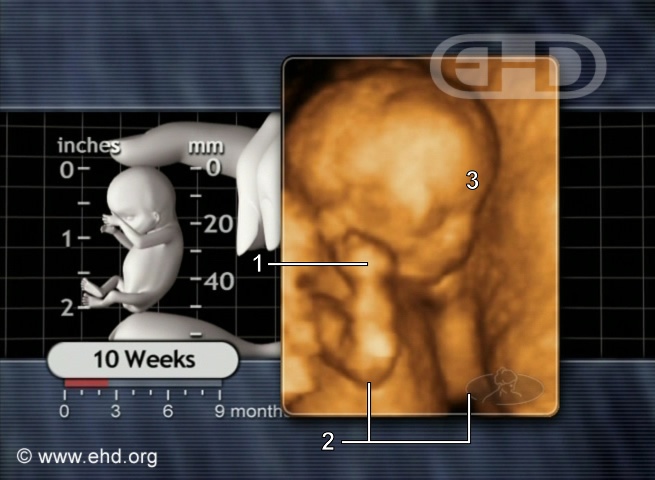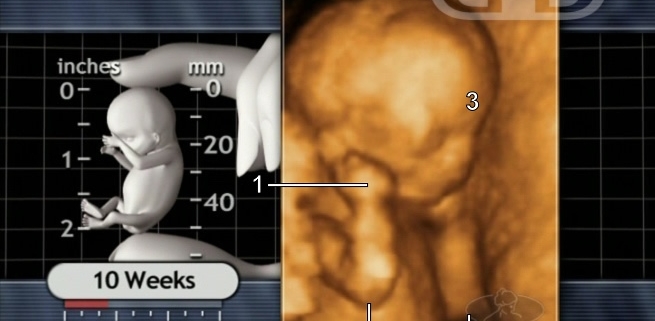What Mothers See After Taking Abortion Pills
Today’s guest author is Sarah Terzo. You can read more of her articles here.
The below blog post is also available as a recording here:
Juno Carey is a midwife who works in the abortion industry. In her 2024 book A Necessary Kindness: Stories from the Frontline of Abortion Care, she describes different things she witnessed or experienced at the two abortion facilities where she worked. Carey is as pro-abortion as they come and is still an abortion worker today.
Carey is British and the abortion facilities in the book are in England. But the two facilities operate similarly to abortion facilities in the US and provide the same “services.”
An abortion facility where Carey worked sold the abortion pill until the 10th week of pregnancy. In the US, some abortion pill providers, such as 199 Abortion Telemedicine (which does telehealth abortions—the pregnant person never sets foot in a clinic, has no ultrasound or pregnancy test, and is never seen by a doctor) offer the abortion pill up to 13 weeks.
Carey’s abortion facility also gave pregnant people the abortion pill without examining them. A pregnant person could have the abortion pill shipped to them after a phone call.
Even those who came to the facility weren’t usually given ultrasounds. Carey says that her facility only did ultrasounds in special cases, such as when the pregnant person didn’t know when their last period was, and didn’t know how far along they were, or when the pregnancy occurred in someone with an IUD.
Carey says that although she would tell people taking the abortion pill what their aborted babies would look like afterward, seeing the aborted baby “can be shocking for some, and women have called me quite distressed.”
Carey says:
I try to be clear in both medical and relatable terms: ‘From your scan, you’re about six weeks, so you’ll probably pass some blood clots and tissue. You might see a sac approximately the size of a baked bean, which is the pregnancy itself.’
When the woman gets closer to ten weeks, I explain that she ‘might see something recognizable. This could be tiny limbs. It will only be the size of a strawberry.’
Here is an ultrasound picture of a baby at ten weeks after conception from the Endowment for Human Development.

At this stage, a preborn baby has had a beating heart for seven weeks. The baby has a brain that is giving off waves. He or she shows a startle reaction if touched by something. The baby can have the hiccups.
A 10-week-old preborn baby is already right or left handed. If biologically female, she has ovaries and a uterus of her own. He or she not only has hands and fingers, but also fingerprints.
“Something recognizable” hardly covers it.
Carey says that sometimes, people having abortions were wrong about how far along they were, and their babies, when they came out, were beyond 10 weeks and more developed. She says:
In the clinic, there are rare instances when a woman will be adamant about the date of her last period and will be wrong.
This possibility is always made clear to them when they fill out their consent form, in the hope that they will be as prepared as possible for what may occur during their termination.
Of course, they could just do an ultrasound to eliminate this problem. But that, apparently, is too inconvenient.
Carey goes on to say:
[I]t’s sometimes these women, at a slightly later stage of pregnancy, who will call the helpline and will send me a photo from their phone of what they can see.
This can include eyes, fingers, and toes, and even I can sometimes still find these images shocking.
Carey worked for years at an abortion facility that did surgical abortions all the way up to the 24th week. Earlier in her book, she describes watching a 20-week abortion and seeing arms, legs, and other recognizable body parts being pulled from the pregnant person’s body.
What would shock someone like her? How far along are these babies?
Carey doesn’t say.
She also seems to downplay the emotional impact of seeing the bodies on the callers. She says, “Often, [the callers] just need reassurance that they are going through a normal abortion.”
Carey worked in a late-term abortion facility for years where she’s seen (and assisted in) many abortions throughout the first two trimesters. If she finds the pictures of aborted babies shocking, one can only imagine how the women feel.
It’s hard to believe that the callers are comforted just by being told that what they’re going through is normal. Is that enough to ease their trauma and make them feel good about taking the abortion pill?
Most people aren’t used to seeing dead babies—especially their own. And these post-abortive people have to carry that memory for the rest of their lives.
They also have to dispose of the bodies somehow. Carey doesn’t mention telling them what to do with the babies’ bodies. Are some of them too big to flush down a toilet? We have no way of knowing, because Carey says nothing else about it.
What we do have is an admission that without ultrasounds, pregnancies are being aborted later than they are supposed to be. Post-abortive people are very upset at seeing the bodies, and a seasoned abortion worker is shocked by them, too.
Overall, a pretty damning indictment of the abortion industry.
Source: Juno Carey A Necessary Kindness: Stories from the Frontline of Abortion Care (London: Atlantic Books, 2024) 244, 245
If you appreciate our work and would like to help, one of the most effective ways to do so is to become a monthly donor. You can also give a one time donation here or volunteer with us here.



